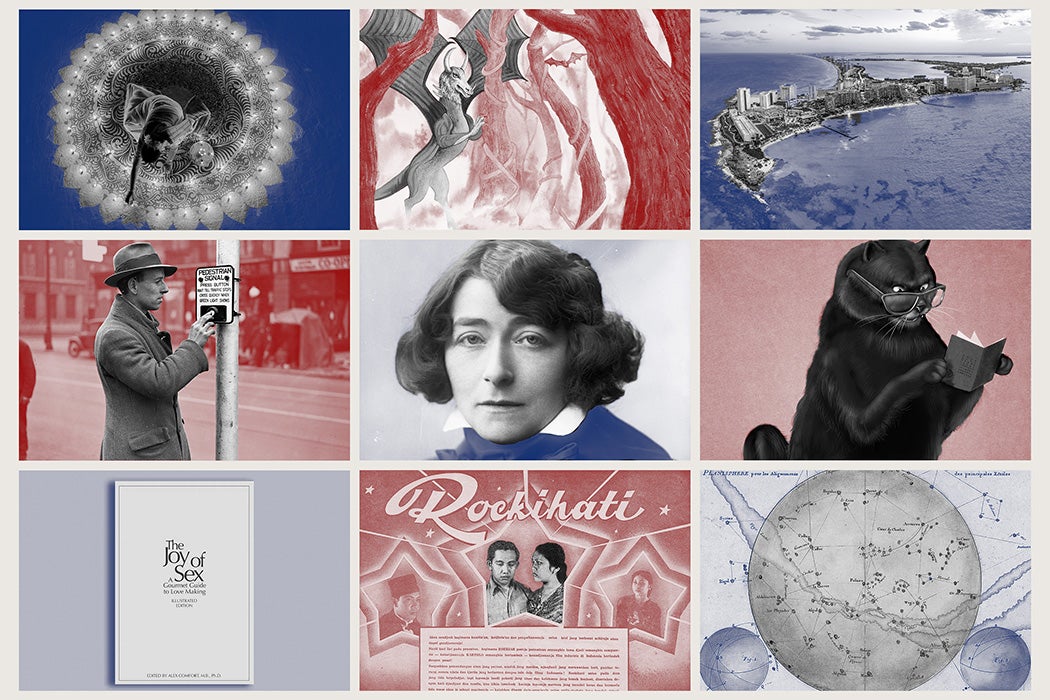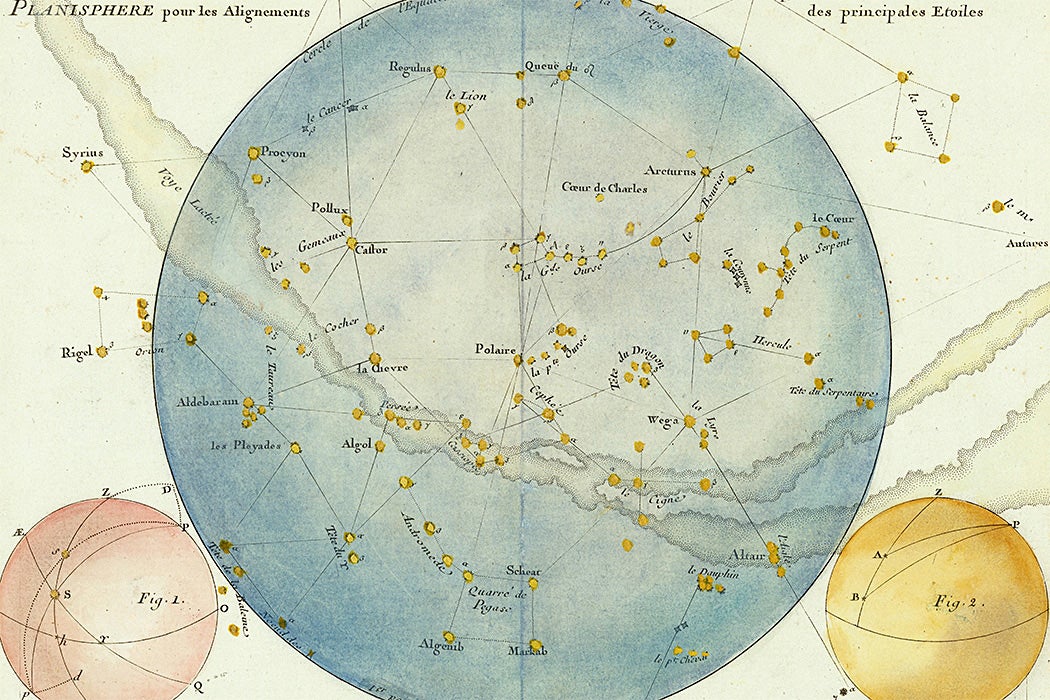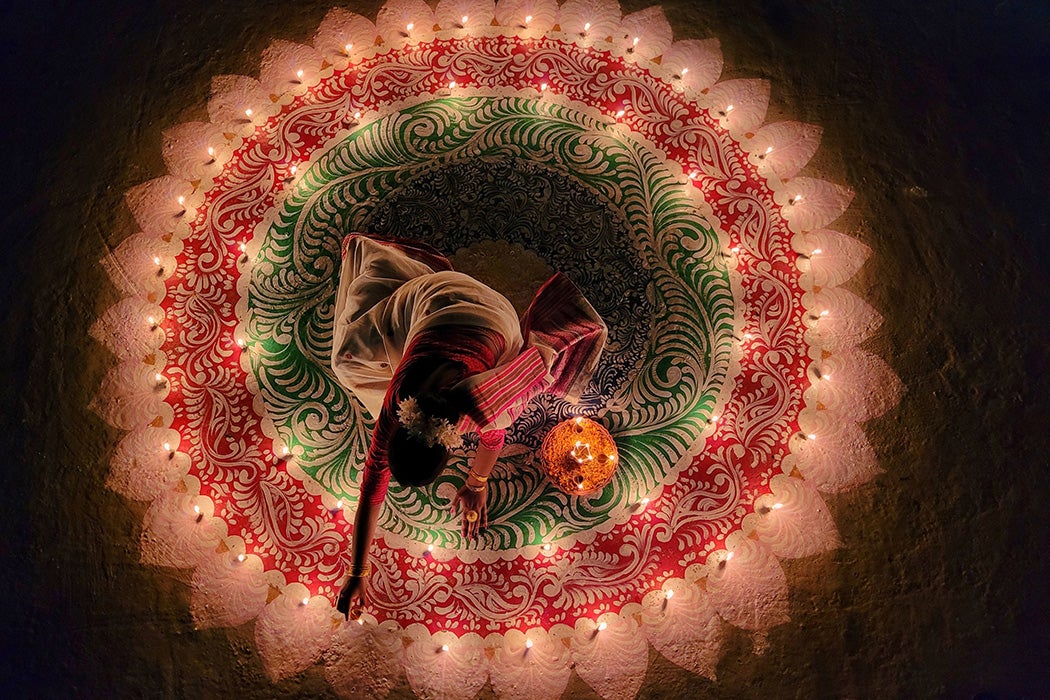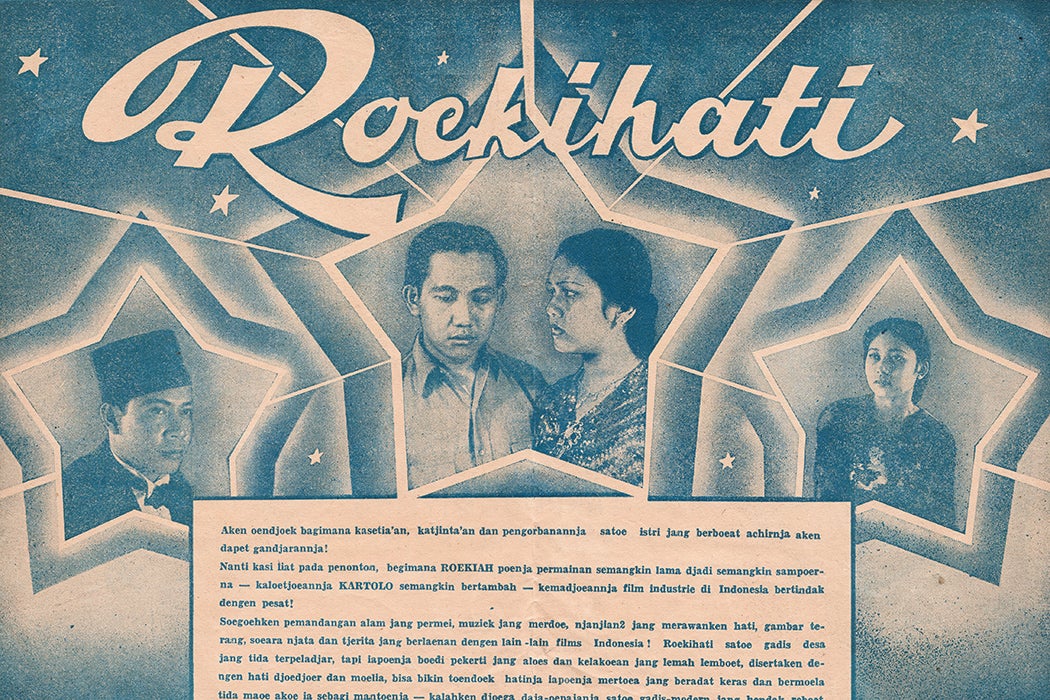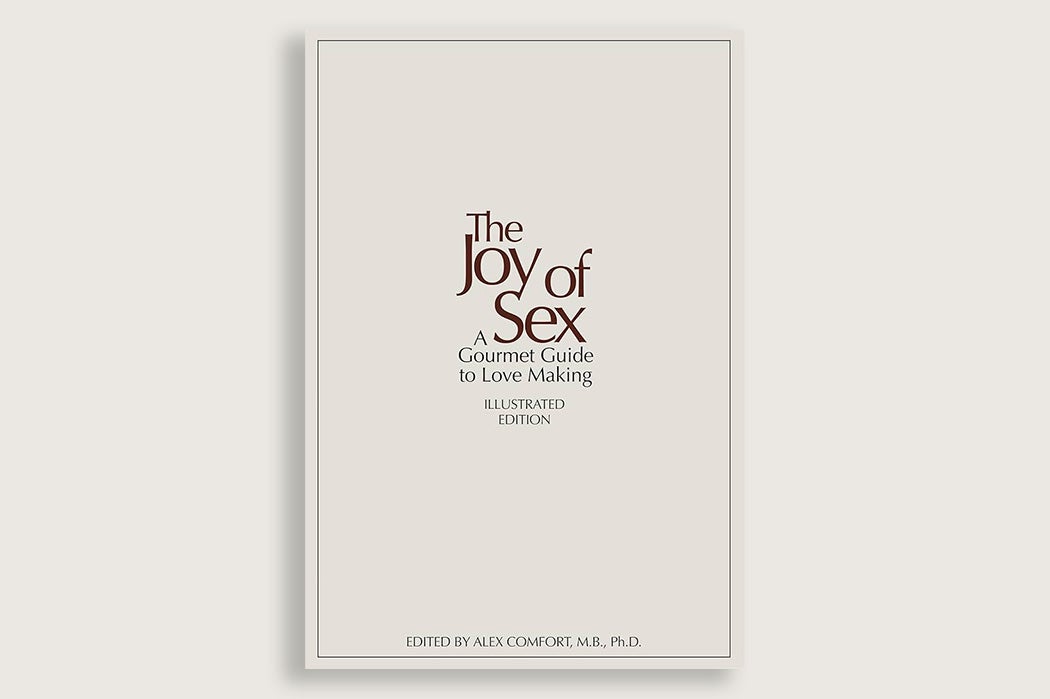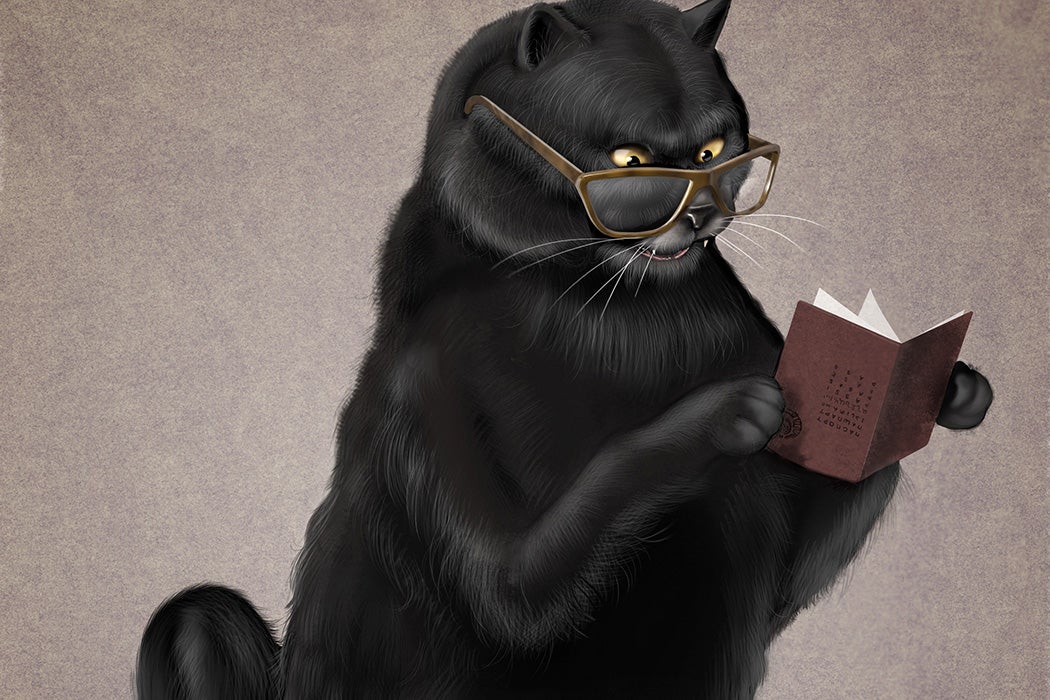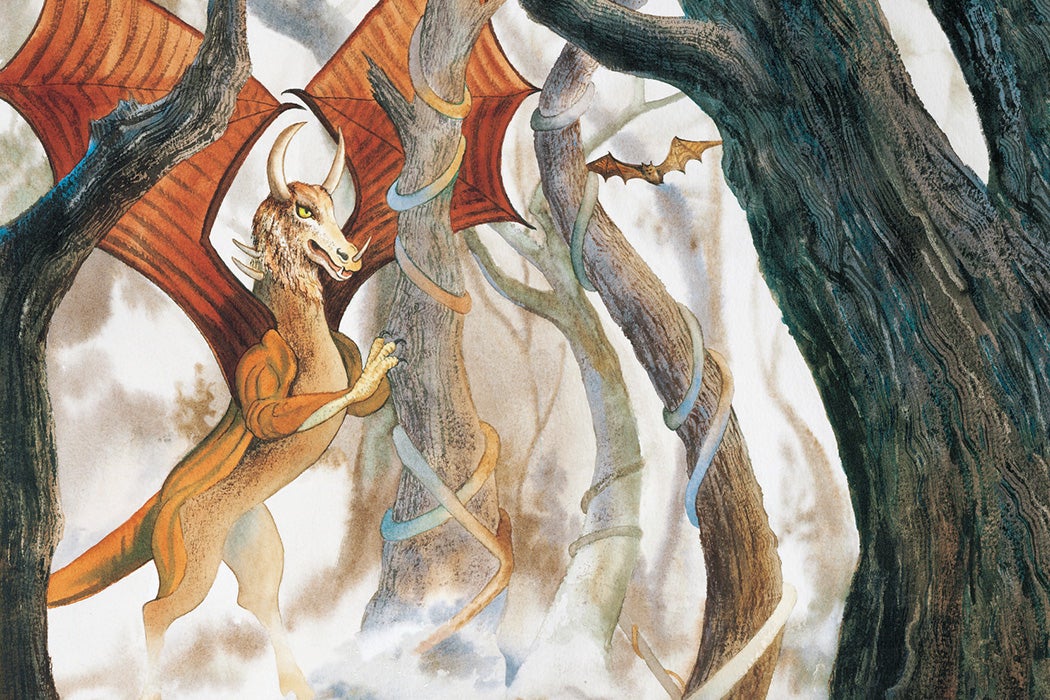To mark the occasion of JSTOR Daily’s tenth anniversary, we reached out to some of our contributors to ask them about their writing experience. Have they learned anything unexpected while researching a piece for Daily? Have they discovered something unusual while reading the work of colleagues? We’re delighted to share their responses because, indeed, the unexpected and unusual showed up.
Danny Robb
Spiegel quotes William Derham’s instructions on building a telescope in 1700: “Between the Object and Eye-glass…place two fine Hairs or Threads across, so as to be seen clearly when you look through the Eye-glass…It is convenient that the Eye-glass and Cross-Hairs or Threads should be lodged in a short lesser Tube by themselves…”
In retrospect, the etymology of “crosshairs” makes entirely too much sense, and I couldn’t believe I hadn’t thought about it before. It made me think about how technology influences language, and how words become disconnected from their original meanings over time. Now I’m on the lookout for other barely hidden stories behind everyday words.
Spider in the Telescope: The Mechanization of Astronomy
Ashley Gardini
While working on the story on Gray, I did a bit of a deep dive into Sugawara and became quite interested in his career in Paris, reading what little we do have recorded about it. He arrived in Paris around 1905, accompanying another lacquer master with whom he was studying, and never left. Sugawara became well established in the Japanese community living in Paris at that time and trained other Western artists in addition to Gray. Learning more about Sugawara also made me reflect on how modern architecture is often taught. Like many periods of architectural and art history, we often reflect on the “genius” of the individual and don’t speak enough about design as a collaborative effort. I myself am guilty of this and found learning about Sugawara another reminder to myself to be more aware of how I frame history.
Eileen Gray: Architect In Her Own Right
Noor Anand Chawla
Additionally, the oldest source to reference Diwali was the Kama Sutra—a treatise on love, sexuality, eroticism, and emotional fulfillment, written by sage Vātsyāyana. This text is probably the last place I would have expected to find mention of Diwali, owing to the overtly religious overtones this festival has taken on in recent decades. The change in narrative seems to have been established post the independence of India, proving how history is often re-written according to changing times and the interests of those in power!
A History of Diwali
H.M.A. Leow
When I set out to learn more about this golden age, however, I discovered that the history of Malay-language cinema in Singapore goes even further back, to as early as 1940—at least a decade before the period that we usually hear about—and, of course, contained plots that went well beyond the pontianak genre. Because many of the early films have been physically lost to time, historian Timothy P. Barnard turns to the five surviving issues of magazine Film Melayu to study how producers, theatergoers, and audiences responded to evolving media technology and mass culture in a time of great social change.
As Barnard’s work shows, cinema culture exists beyond its production and reception on the sound stage and the silver screen. Barnard doesn’t examine the articles in Film Melayu only for their themes and topics. He also gleans fruitful information from details such as the identity of the periodical’s backer and printer—and even the choice of alphabetical script used. His archival dive reminded me that, despite sometimes unavoidable limitations on the resources available, researchers can still find innovative methodological workarounds that yield their own valuable insights.
The Lost World of Pre-War Malay Cinema
Matthew Wills
Dr. Sex and the Anarchist Sex Cookbook
Katrina Gulliver
I also wrote about shopping carts, such a ubiquitous object of urban and suburban daily life. Yet how they became such a fixture wasn’t inevitable. Researching several articles on them, I learned that their use could tell us much more than I had imagined about human behavior.
Look Both Ways
Emily Zarevich
The Symbolic Survival of The Master and Margarita
Betsy Golden Kellem
(My favorite cryptid, though, as someone from Connecticut: the glawackus.)
Birthing the Jersey Devil
Rob Crossan
What followed was one of the most ambitious development projects Mexico has seen to this day. Far from an evolution of an existing town, Cancún was, as I learned, an entirely planned development from the get-go. The Mexican government, along with myriad private contractors, transformed this stretch of yawning coastline from being an all-but-uninhabited plantation into a farrago of skyscrapers, hotels, restaurants and freeways within a decade.
This rapid development has, as I wrote in my piece, not come without unexpected consequences that are, at best, ambivalent, when it comes to preserving indigenous culture and nature. Yet I found myself being bowled over by the sheer chutzpah of the plans to create a tourist fulcrum from nothing but sand and coconuts. It’s a social experiment from a decade where such projects often ended in disaster. For all its faults, Cancún has proven, and is continuing to prove over half a century on from its inception, that it can go the distance.
